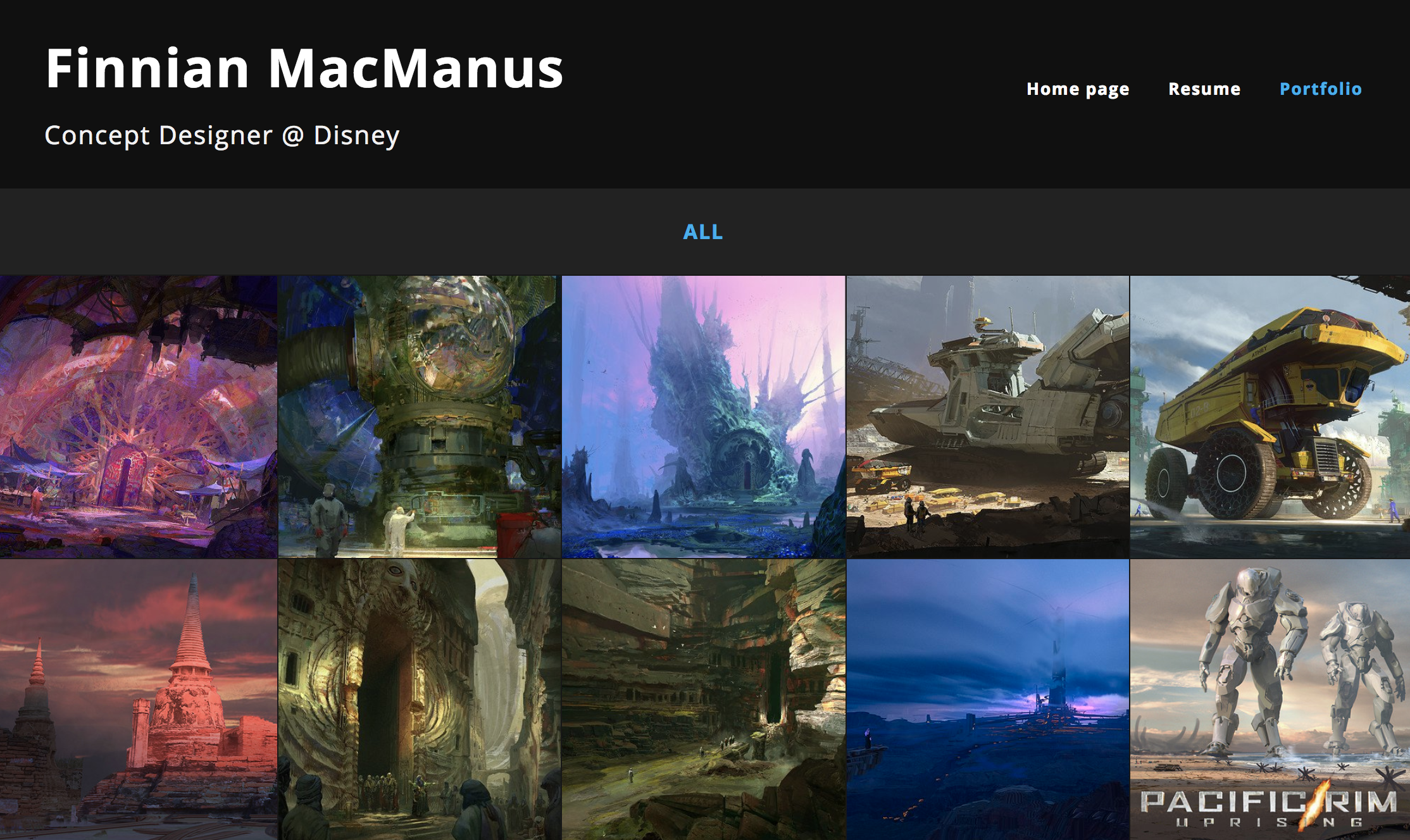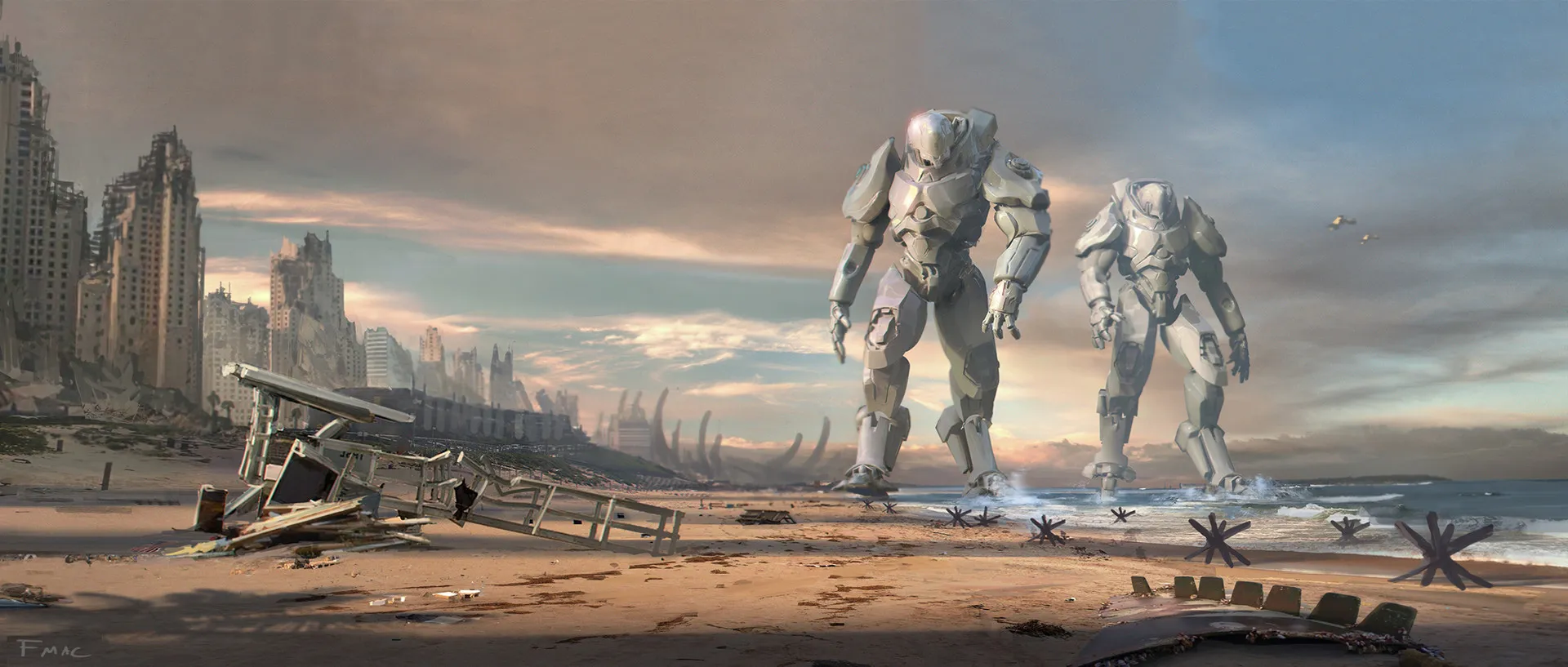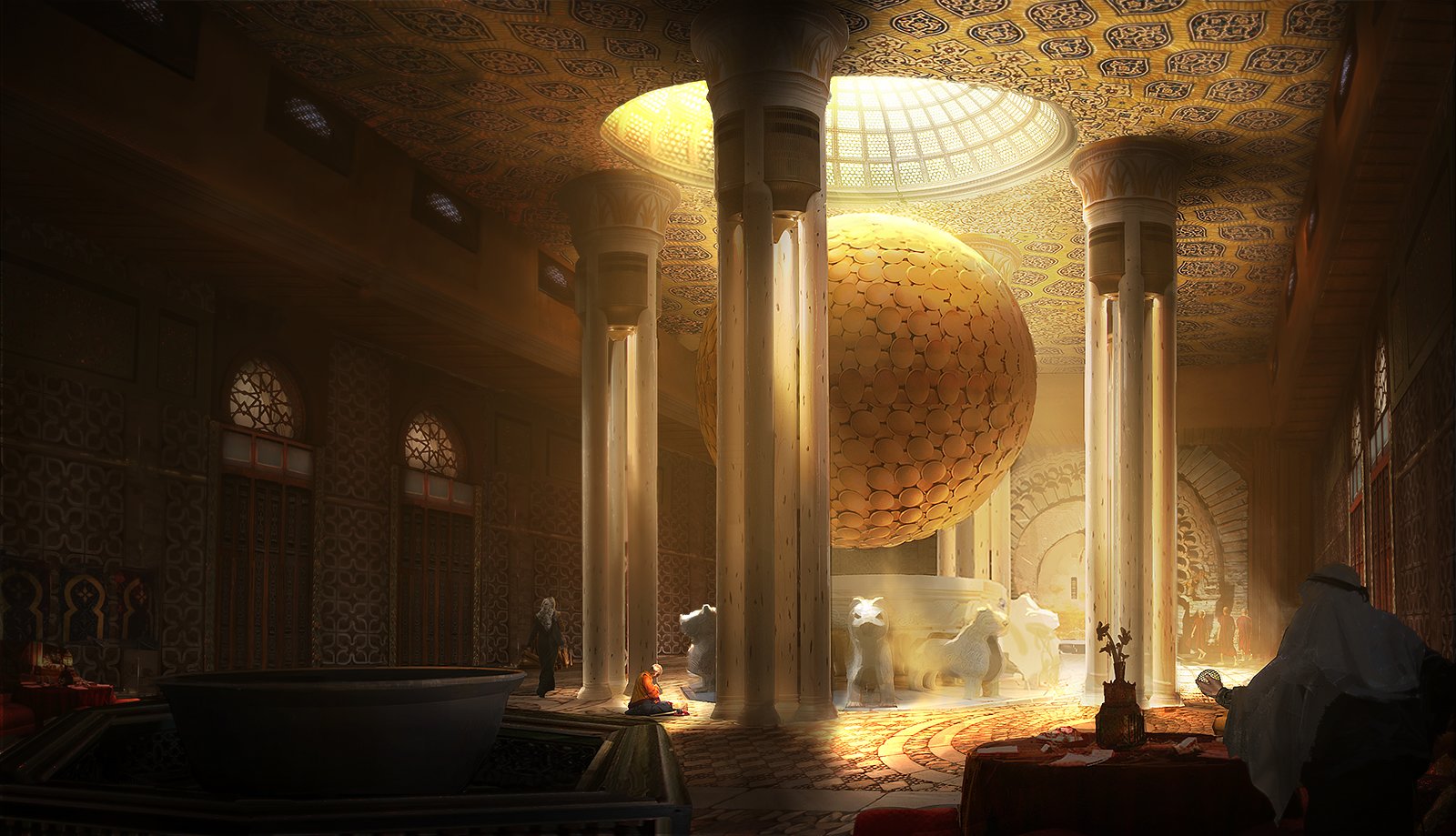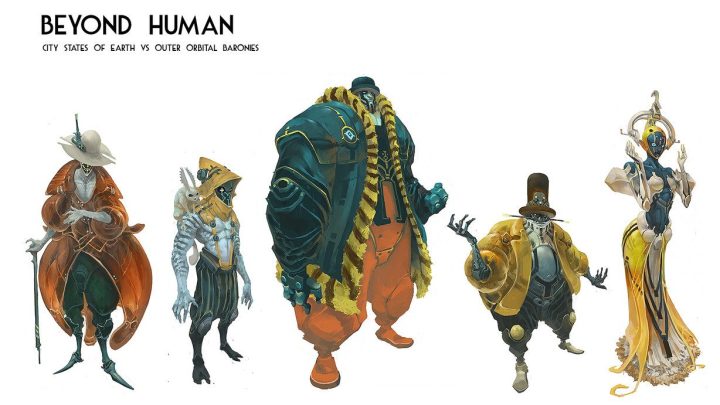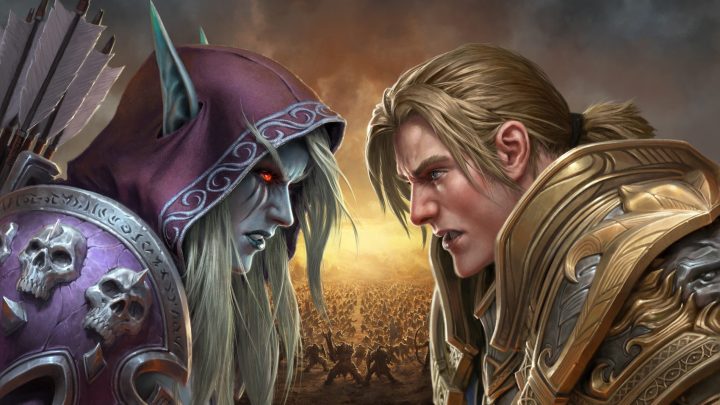Featured Pro Portfolio: Finnian MacManus
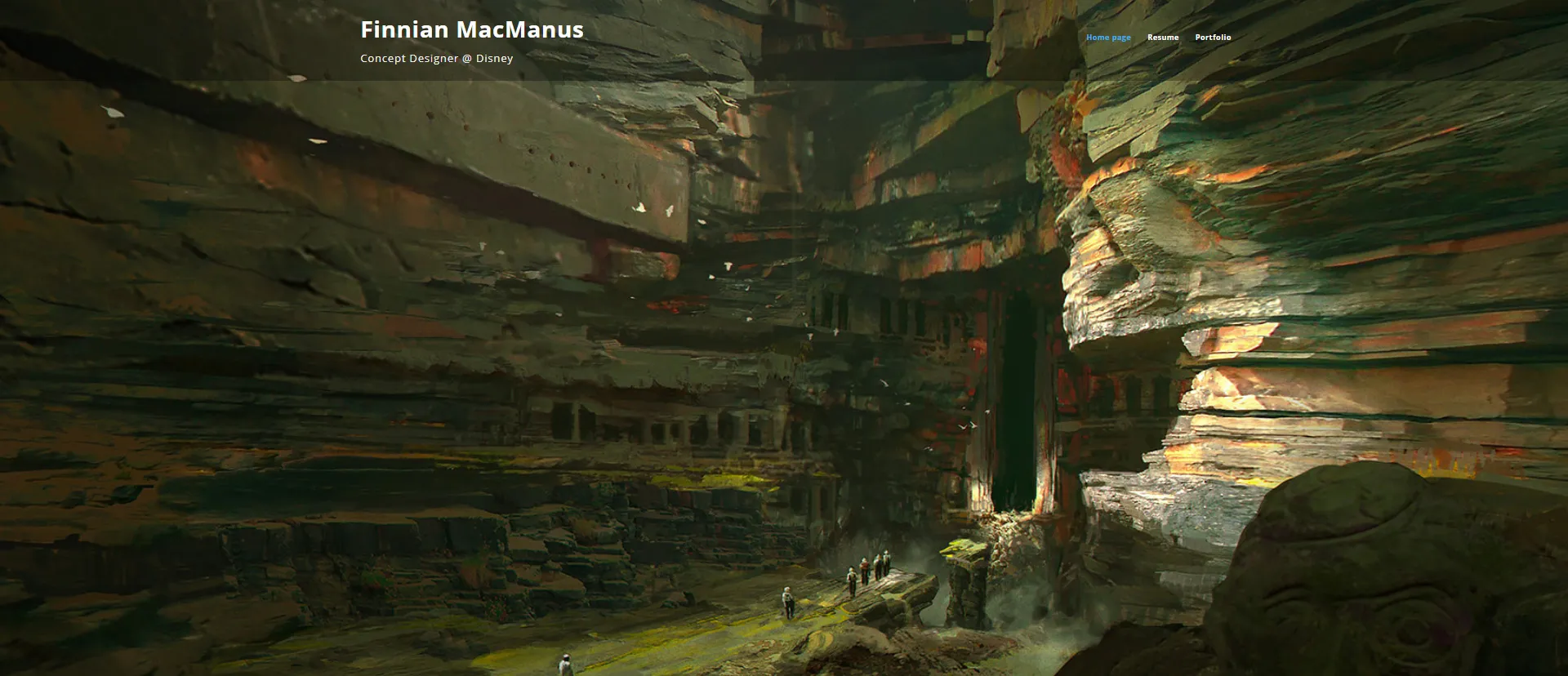
Finnian MacManus is an LA based concept artist at Disney who’s resume boasts projects like Transformers: The Last Night, Pacific Rim: Uprising and Star Wars: Rogue One, and the video game, God of War.
Check out his ArtStation-powered portfolio website.
ArtStation Pro websites like Finnian’s can be set up in minutes! Discover all the Pro themes here.
In this interview, Finn shares some of his best moments, portfolio advice and more.
What experiences or training brought you to where you are now?
While there weren’t gumroads or many online courses when I started, I did visit many online graphics forums when I was in highschool. Through learning from the artists on those forums I was able to practice and apply to Art Center College of Design. I studied at Art Center, and then Brainstorm School in Pasadena for two years, until I got my first position at Sony.
However, it would be incorrect to say it stopped there. I am always taking different classes, and trying to learn as much as possible on the side. I think in our industry it is essential to be constantly hungry for knowledge and always learning more. Each new medium and discipline feeds all your other skills; whether it be taking a history course to learn about the ancient civilizations, or a business course to learn how to market yourself better. Many of the artists who are my heroes have continued the pursuit of knowledge well after they have made their names- with a constantly changing industry now it is more important than ever to strive for improvement in every way.
 Tell us about one of your favorite projects you’ve worked on.
Tell us about one of your favorite projects you’ve worked on.
Whenever I look back to my favorite experiences working in the industry, it will always be moments where the studio seems more like friends hanging out and working together rather than a grind. I recently came off of the Avatar sequels, which was an incredible learning experience, but also an absolute blast day to day. I firmly believe now that it is not always the content of the project which makes it the best, but the team and people you work with. On Avatar I was extremely lucky to be surrounded by my teachers, mentors, and people I have looked up to since I started producing art.
Creating a workspace that constantly shares information, techniques and pushes each other for improvement is something I try to look for, and I found exactly that- not only was the team extremely receptive to using new technology, but I found many generous people who took the time to share their experience with me, and for that I will be always thankful. Sometimes there are pivotal moments in life where the people surrounding you are functioning on such a high level, whether it be lifestyle, art, or their sheer determination, that it spreads to you.
Having worked with some of the largest studios in the world, what can you tell us is most important when it comes to presenting your portfolio?
I can only give advice for people who would want to follow the path that I took- in the film and games industry there are a huge variety of roles for even a concept artist to play- and the requirements change from the type of production to the timeline as well.
For an artist trying to break into pre-production film work, I would recommend showing everything from pencil/painting sketches to final images for a large variety of projects. What I have found most of the time is that artists get branded with certain styles or looks. If you do not have exactly what the production needs in your portfolio, they will choose someone else. So in the end it is important to have many different subjects- historical, science fiction, fantasy, underwater, space, you name it. But I would put a big emphasis on design process. It is very important to show that you can think through a complex design from start to finish- it should be obvious that you can create something unique that is not generic, and that you can carry that design from many ideations to a final. In film it is very important to have a quick read of your image. When you design, try to make images where your audience can understand the message within just a few seconds. Concept artists are visual communicators… if someone has to decipher your image to understand it, then a massive part of why you are hired withers away.
Another very important thing is that once you get a job, do not stop doing personal work. If anything, personal work becomes more important. As we are usually not able to show any of the work we produce, you need to show your clients your updated skill set whenever you get a chance.
What is the best art advice you’ve ever received?
Create art that you love. If you are not enjoying the work you are doing, then do not put it in your portfolio. One of the worst positions to be in is to get a job for something you dislike. This way, whenever you get an offer, it will be for something you are extremely passionate about. And trust me it shows in your work.
When you are painting, question every stroke you make or every texture you add. There should be a reason for every single element. Ask yourself, if you could only spend one more minute on your image, where would it be? Then repeat- this will keep you focused on what is important.
The last and most important for me is to not rely on motivation.
Motivation is fickle, it can change depending on your life circumstances or mood. Instead build a strong work ethic, a routine that you can follow, and you will not fall to art blocks- you will be able to produce work when you want it, and how you want it.
See more of Finnian’ss work on his portfolio website. To learn more about ArtStation Pro websites, click here.
